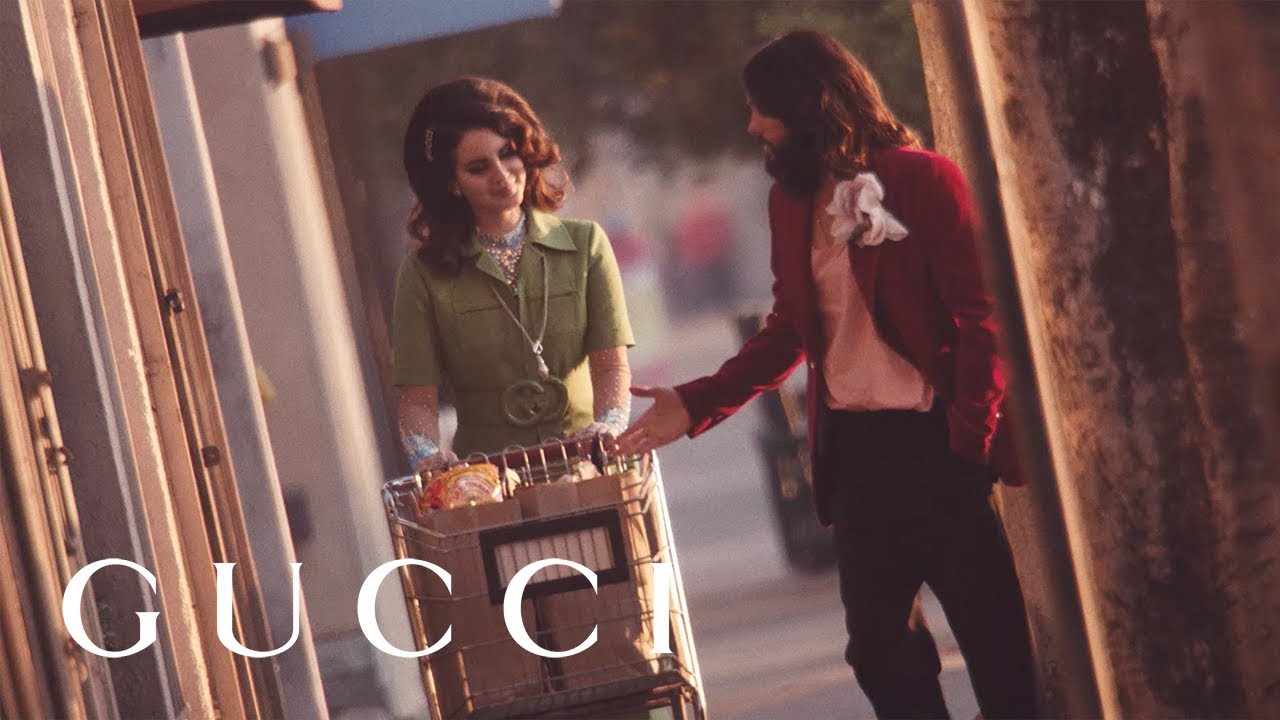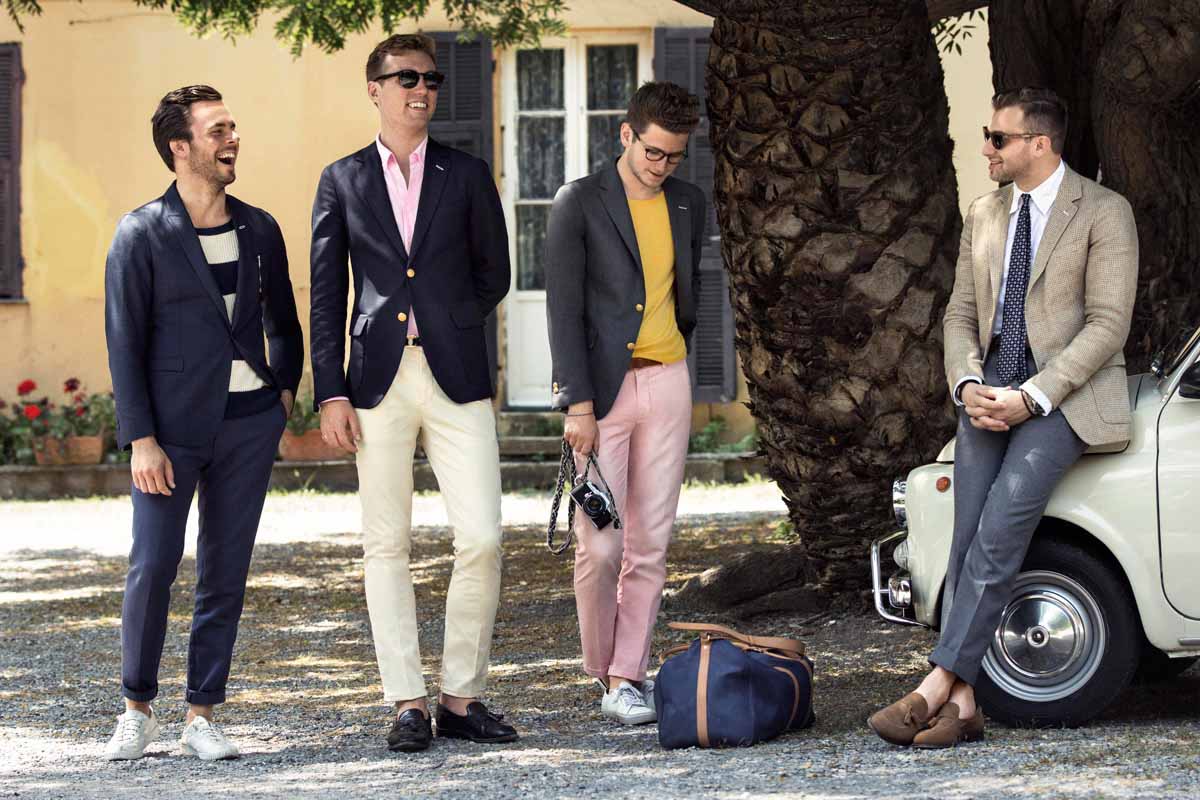Gucci: More Than a Brand—A Fashion Powerhouse Reinventing Itself in the Digital Age
Key Points
Gucci is embracing cutting-edge tech — From AI-driven design tools to digital fashion in the metaverse, Gucci is actively shaping the future of luxury fashion.
The brand is prioritizing sustainability and ethics — Through initiatives like Gucci Equilibrium and innovative materials like Demetra, Gucci is responding to demand for responsible luxury.
Gucci blends heritage with experimentation — By combining classic craftsmanship with bold collaborations and cultural relevance, the brand continues to lead in both fashion and innovation.
Gucci… it’s a name that instantly brings to mind high fashion, bold design, and cultural influence.
Whether it’s a signature belt, a vintage bamboo bag, or that unmistakable GG logo—it’s hard to ignore the brand that helped shape luxury fashion as we know it.
With around 550 stores worldwide and billions in annual revenue (last counted at $3.9 billion), Gucci isn’t just surviving—it’s evolving. And fast.
You’ve seen it on supermodels, red carpets, and Instagram feeds. You might even own a Gucci piece yourself.
But what makes Gucci more than just a pretty label? What’s its story—and more importantly, what’s happening with the brand right now?
Let’s unpack it.
From Florence to the Future: Gucci’s Roots and Rise
Founded in 1921 by Guccio Gucci in Florence, the brand began as a humble leather goods store inspired by the refined luggage of European aristocrats.
Over the decades, it evolved from equestrian accessories into full-blown luxury fashion.
By the ’90s, under Tom Ford’s creative leadership, Gucci became synonymous with sleek, sexy, and rebellious luxury.
Today, it’s a cultural powerhouse that effortlessly balances heritage with experimentation.
But heritage alone doesn’t keep a brand relevant in 2025.
So, What’s Gucci Doing Right Now?
If you haven’t been watching Gucci closely lately, let me catch you up.
This isn’t just a luxury brand resting on its legacy—it’s one of the most experimental and forward-thinking players in the fashion space today.
1. AI-Driven Design & Personalization
Gucci has embraced artificial intelligence and machine learning in both product development and customer experience.
From AI-curated styling recommendations in their app to digital twins of runway collections, the brand is using tech to connect with a new generation.
✅Trend Insight: AI in fashion isn’t a gimmick anymore—it’s a tool for personalization and predictive design. Gucci is leading by example, merging creativity with data.
2. Digital Fashion & The Metaverse
Yes, Gucci went virtual. The brand launched Gucci Garden on Roblox and created NFT collections like “SUPERGUCCI” in partnership with Superplastic.
These aren’t just PR stunts—they’re investments in future markets where digital identity holds real value.
✅Why it matters: Gen Z is spending more time online than in stores. And Gucci is meeting them where they are—avatars and all.
3. Sustainability with Substance
Gucci’s parent company, Kering, has been pushing strong sustainability goals, and Gucci itself launched “Gucci Equilibrium,” a platform promoting climate action, inclusivity, and circular production models.
From upcycled capsule collections to leather alternatives like Demetra, Gucci is taking its environmental footprint seriously.
✅The bigger shift: Luxury buyers now demand ethical practices. Transparency and traceability are no longer optional.
Current Collaborations That Are Changing the Game
Gucci isn’t just collaborating—it’s curating culture.
Gucci x Adidas merged sportswear and luxury with surprisingly wearable crossover styles.
Gucci Vault is an experimental space combining vintage Gucci pieces with emerging designers—giving indie voices a global platform.
And there’s more on the horizon. Think digital-first drops, capsule collections on TikTok, and AI-generated concepts hitting runways faster than ever.
What It Means for the Fashion Industry
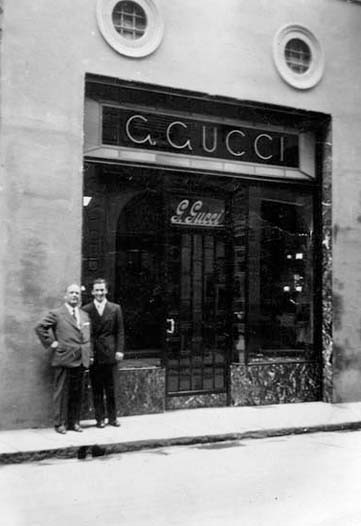
Gucci’s strategy tells us where the industry is heading:
Blurred lines between physical and digital fashion;
Data-driven personalization at luxury levels;
A shift from seasonal collections to dynamic drops;
Increased pressure for sustainability and social responsibility.
They’re not just riding the wave—they’re shaping it.
History of Gucci: The Early Years
Guccio Gucci was born in 1881. His father was an Italian leather goods maker.
You would think that naturally, Guccio followed in his father’s footsteps, but it wasn’t that simple.
As most young people do, Guccio decided that he wanted to do his own thing.
He traveled to London and Paris and found work as a waiter, washed dishes for a time, and spent some time working in hotels as a concierge.
When he worked as an elevator attendant at the Savoy Hotel in London, Guccio started to admire the high-end luggage of wealthy hotel guests.
Some would say he developed a fascination with it.
Gucci Returns to Florence
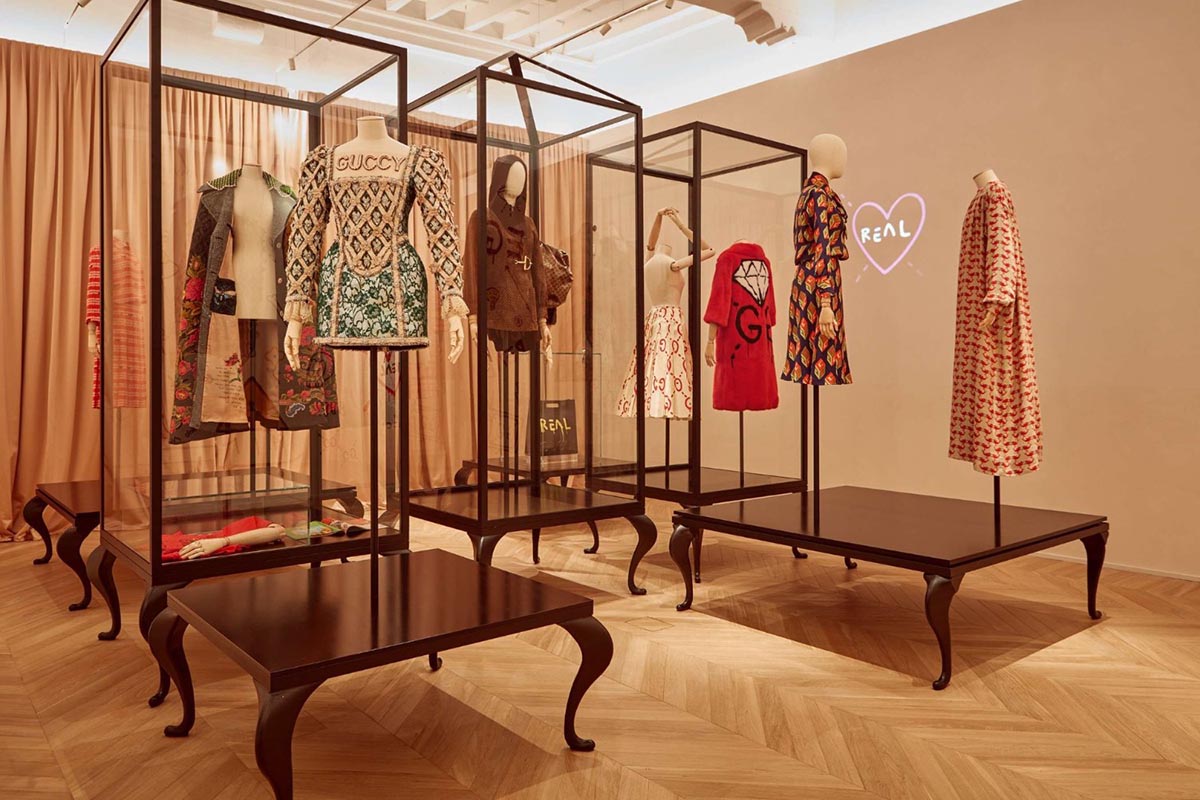
At 40 years old, Guccio returned to Florence with his new appreciation of style and fashion.
It was at this point that he decided to follow his father’s lead and opened up the first Gucci store.
He began selling leather goods produced with the finest details by very skilled artisans.
His line went beyond luggage and eventually to loafers, handbags, and other shoe styles. The store became a great success!
Expanding the Gucci Brand
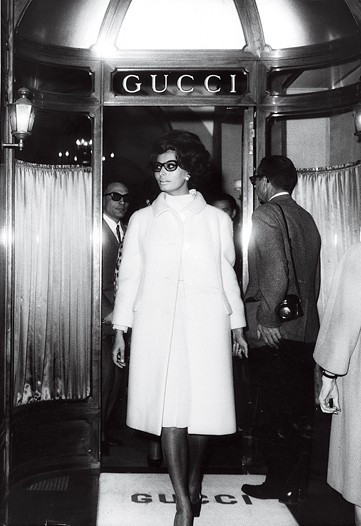
Guccio had three sons, and with their help, Gucci stores opened in Milan and Rome.
Around 1953, the brand expanded overseas after establishing itself as a premier luxury name.
Gucci designs were desired by the rich and famous, and movie stars were often photographed in Gucci apparel.
The Gucci store opened in New York City on East 58th Street next to the Savoy Plaza Hotel.
Guccio Gucci had gone full circle. His brand was known internationally!
The Gucci Logo
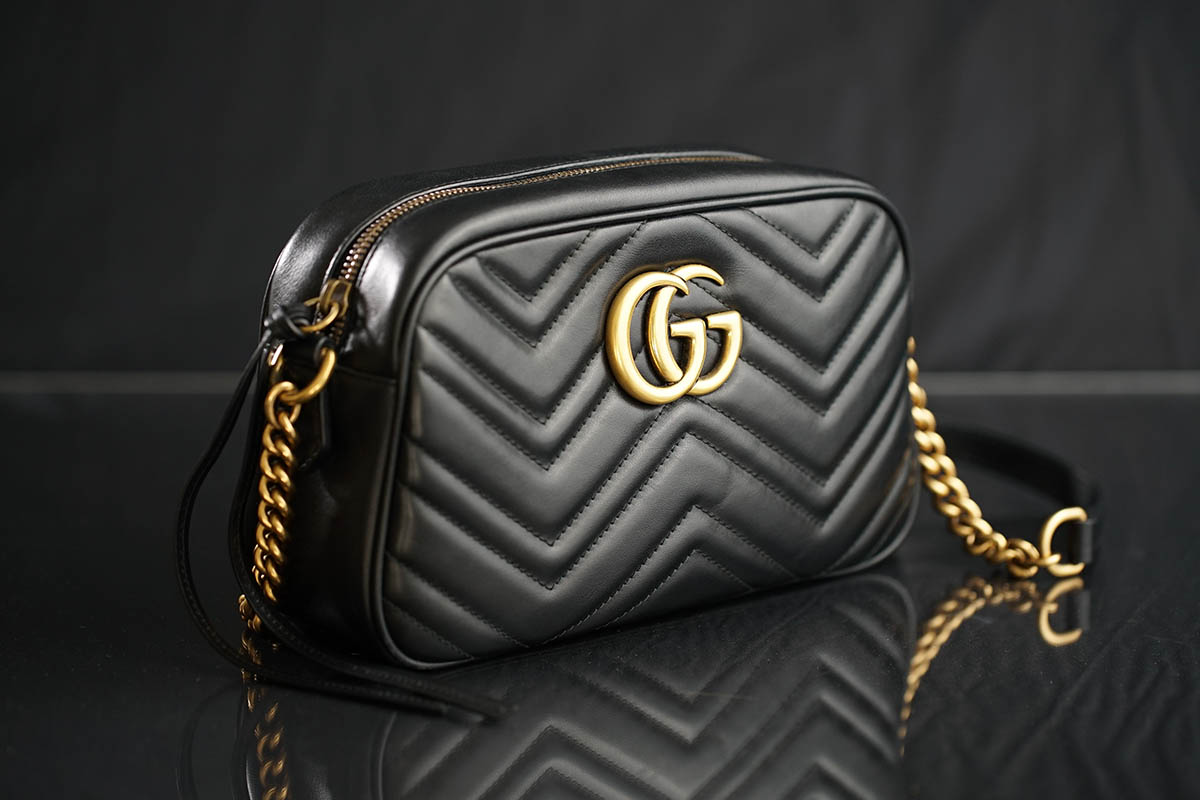
When Guccio’s son Aldo joined the family business in 1933, he decided that it needed a logo.
He put his father’s initials GG together, for now, the infamous double G design.
Whether it’s Gucci sneakers, Gucci purses, or Gucci sunglasses, anything with the Gucci logo is in high demand.
Gucci is still one of the most copied and imitated brands in the world.
Say Ciao to Italian Design
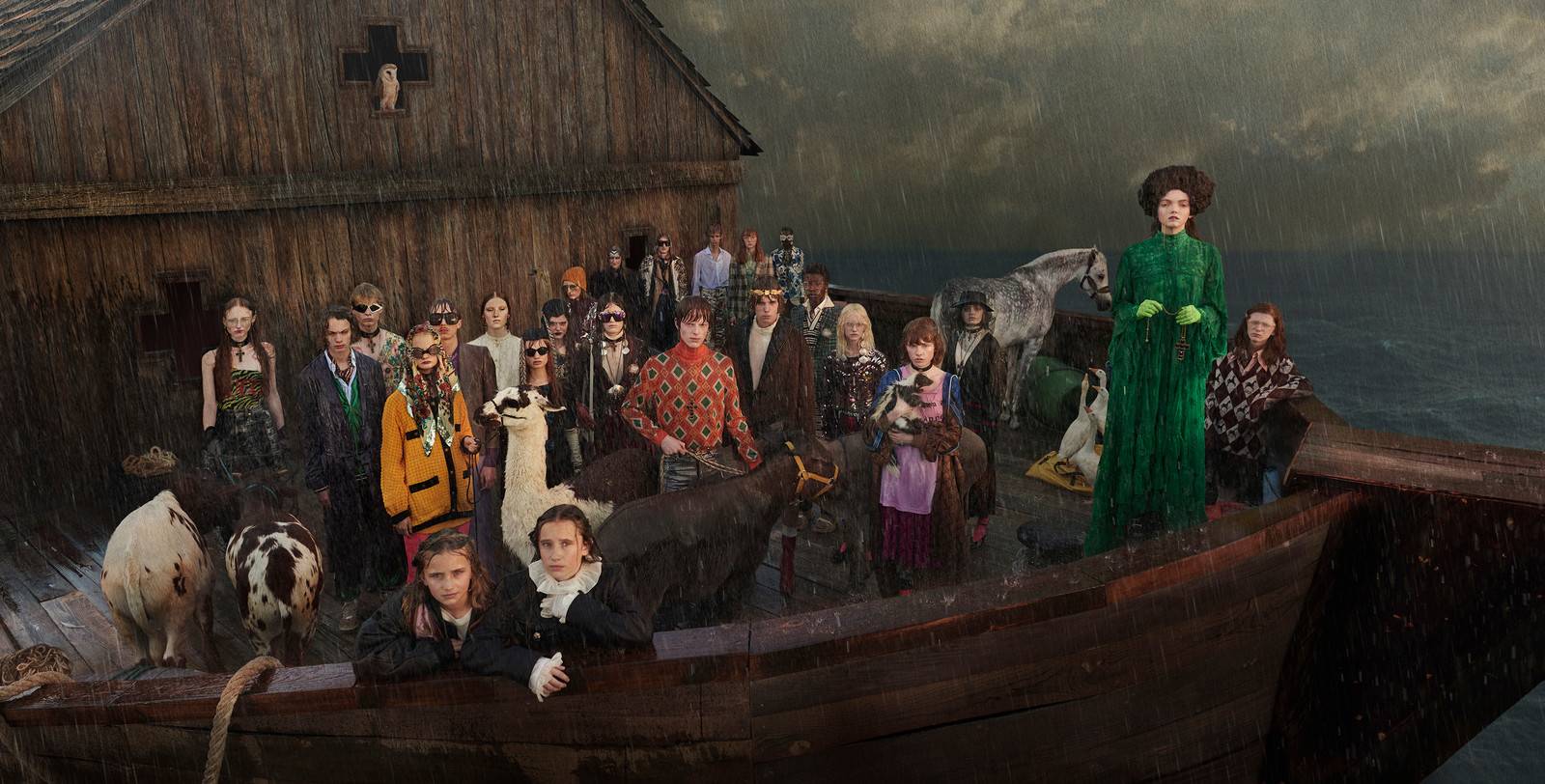
Whether you are new to fashion or have always had an eye for it, you are sure to be fascinated by Gucci’s history and how the brand has flourished.
Keep up with the latest fashion with some advice from us on Internet Vibes. Visit us today.
